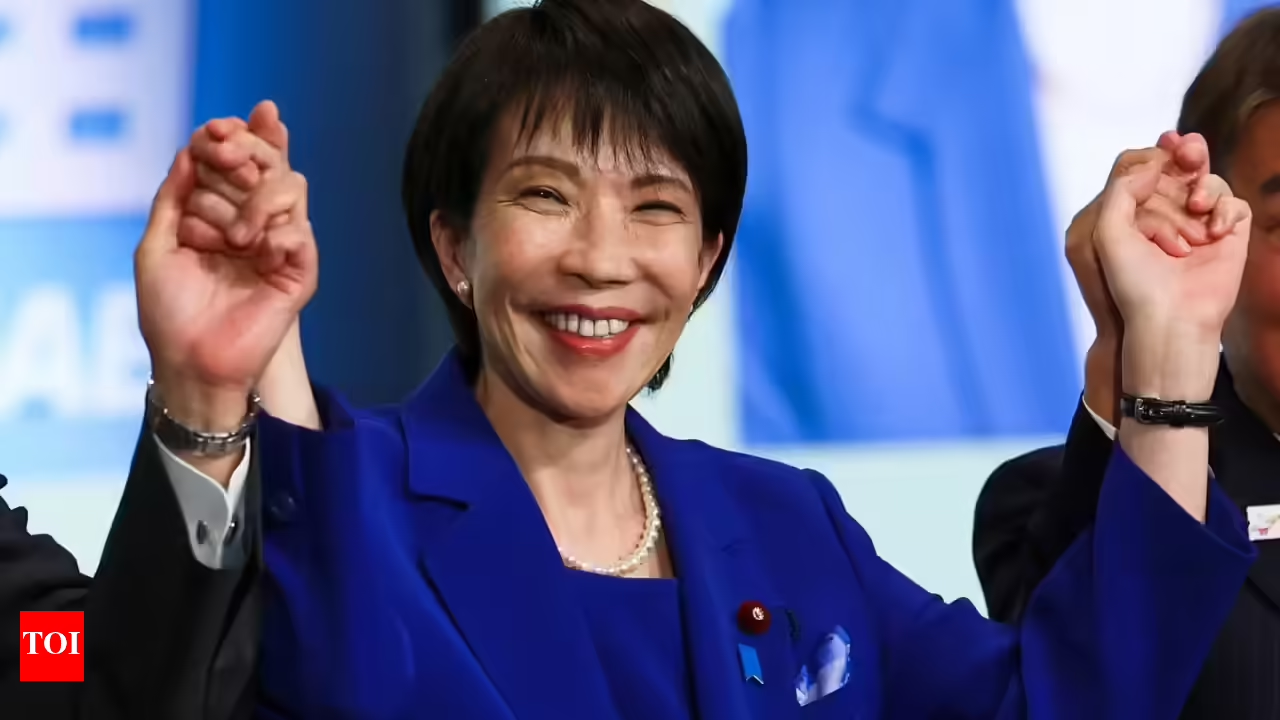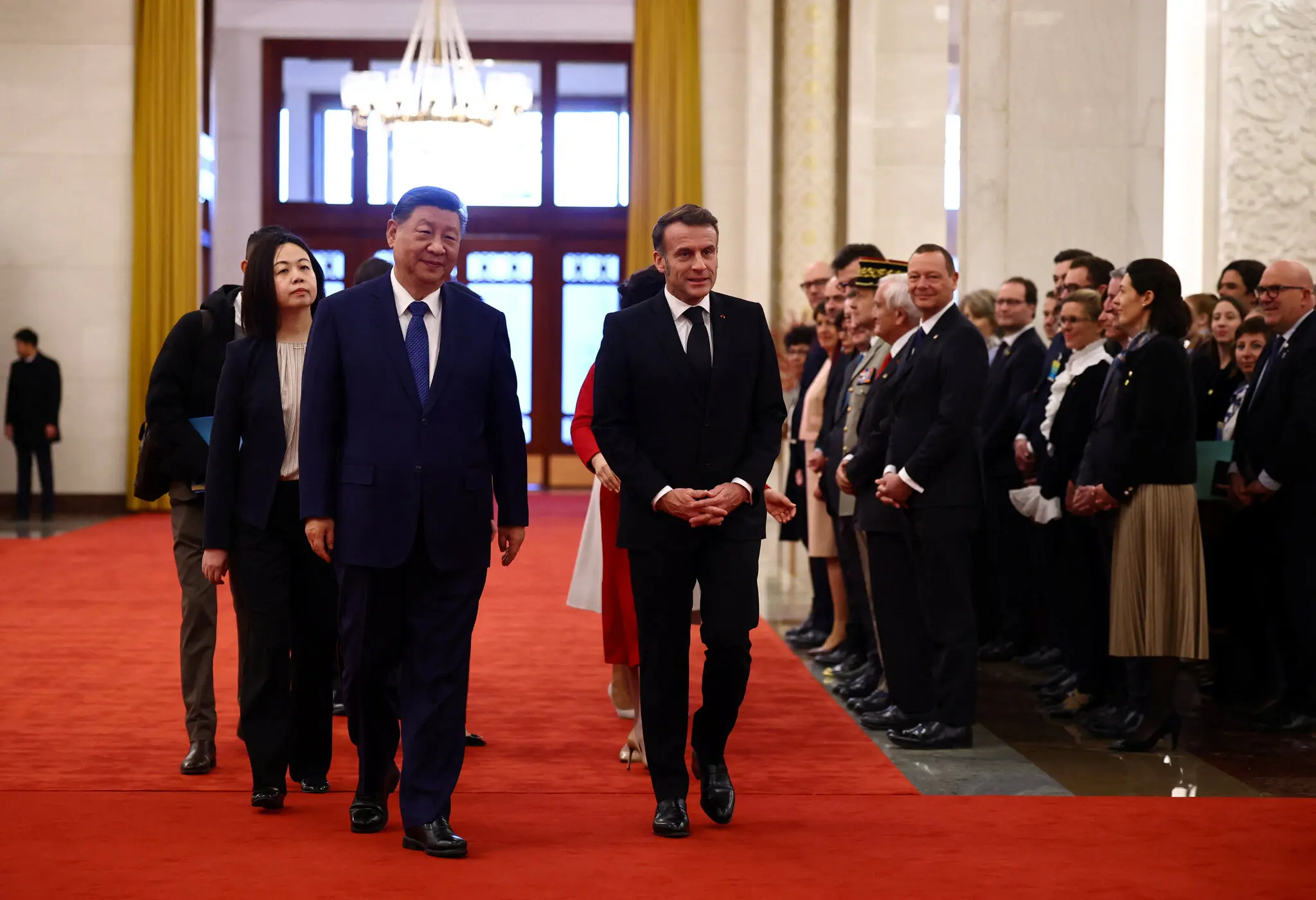Japan has entered a new era in its political history as Sanae Takaichi becomes the country’s first female prime minister. Her rise to power represents both a remarkable personal achievement and a complex moment for a nation still grappling with questions about gender equality, political reform, and economic renewal.
At 64 years old, Takaichi’s appointment marks the culmination of a long career within the ruling Liberal Democratic Party (LDP). Known for her sharp intellect, nationalist views, and fierce loyalty to the late former Prime Minister Shinzo Abe, Takaichi has long been a polarizing figure in Japanese politics. While her ascension breaks a symbolic glass ceiling, her conservative ideology raises questions about what real change her leadership might bring.
A Historic Milestone in a Male-Dominated System
For decades, Japanese politics has been dominated by male leaders, with women often marginalized in decision-making roles. Despite Japan’s status as one of the world’s most advanced economies, it ranks low among developed nations for female political representation. Takaichi’s rise, therefore, carries immense symbolic importance, especially for younger generations who have long called for more diversity in leadership.
Her path to the top was not easy. Following months of political turmoil and declining public confidence in the previous administration, Takaichi positioned herself as a figure of stability and continuity. She campaigned within the LDP on promises to restore trust in government, strengthen national security, and address Japan’s mounting economic challenges. Ultimately, she succeeded in securing her party’s support and forming a coalition government that gave her the parliamentary majority needed to assume the role of prime minister.
Political Vision and Conservative Roots
Despite the historic nature of her appointment, Takaichi’s policy platform remains firmly rooted in the conservative traditions of the LDP. She has vowed to maintain the central tenets of “Abenomics,” the economic strategy associated with her mentor, Shinzo Abe, while introducing adjustments to address current issues such as inflation, a weakening yen, and an aging population.
On the international stage, Takaichi has expressed strong support for strengthening Japan’s defense posture. She advocates raising defense spending to meet modern security demands and aims to deepen strategic ties with the United States while taking a firmer stance on regional challenges posed by China and North Korea.
Domestically, however, her views on social reform are far more cautious. She has resisted calls to legalize same-sex marriage, opposed revising laws that prevent married couples from using separate surnames, and shown little interest in revisiting the male-only rule for imperial succession. These positions have drawn criticism from advocates who hoped Japan’s first female leader would also champion gender equality and social progress.
Economic and Diplomatic Challenges Ahead
Takaichi takes office at a time when Japan faces multiple intersecting crises. The country’s economy is struggling with rising prices, stagnant wages, and a shrinking workforce. The yen’s decline has made imports more expensive, putting additional pressure on households and businesses alike.
Demographic decline also poses a long-term threat. Japan’s rapidly aging population is shrinking faster than ever, straining social welfare systems and creating labor shortages in vital industries. Takaichi has promised to address these challenges through innovation, investment in technology, and selective immigration policies. Still, analysts question whether her government can deliver the structural reforms necessary to reverse decades of economic stagnation.
On the diplomatic front, Takaichi will need to navigate a delicate balance between assertiveness and diplomacy. Japan’s security alliances remain strong, but tensions with China and South Korea persist over historical and territorial disputes. Her nationalist reputation could complicate efforts to build trust with neighboring nations, even as she seeks to strengthen Japan’s role in global security.
A Symbolic Victory or a Catalyst for Change?
While many have celebrated her election as a step forward for women in Japan, others caution that true equality will depend on tangible policy shifts rather than symbolic milestones. Japan’s corporate and political structures remain overwhelmingly male, and deep-seated cultural barriers continue to hinder women’s advancement.
Supporters argue that even if Takaichi’s politics are conservative, her presence at the top could inspire more women to pursue leadership roles. “Having a woman in the highest office challenges long-held perceptions about who can lead,” said one political analyst. “That, in itself, is a quiet revolution.”
Critics, however, view her leadership as a continuation of Japan’s traditional power dynamics. They point out that her close ties to right-wing factions within the LDP and her reluctance to embrace progressive social policies may limit her potential to bring about real transformation.
The Road Ahead
As Takaichi begins her term, she faces the monumental task of proving that her leadership can bridge Japan’s divides — between tradition and progress, stability and change, nationalism and inclusivity. Her first months in office will likely set the tone for her administration’s legacy, testing whether she can unite a nation eager for renewal but wary of upheaval.
Sanae Takaichi’s rise to power will undoubtedly be remembered as a defining chapter in Japan’s political history. Whether it becomes a turning point in the country’s journey toward gender equality and modernization, or merely a symbolic moment in an unbroken cycle of conservative rule, depends on how boldly she chooses to lead in the years ahead.















Leave a Reply